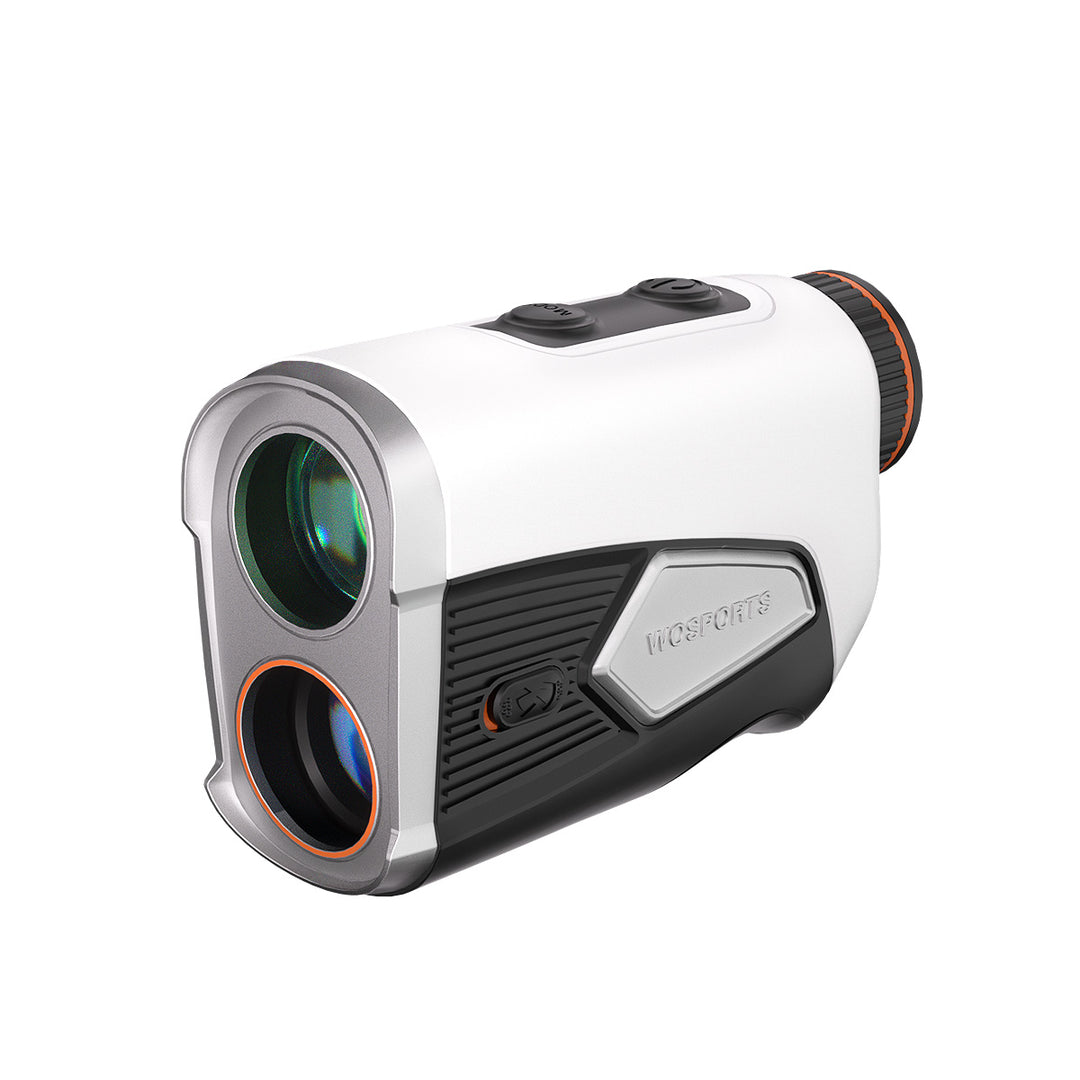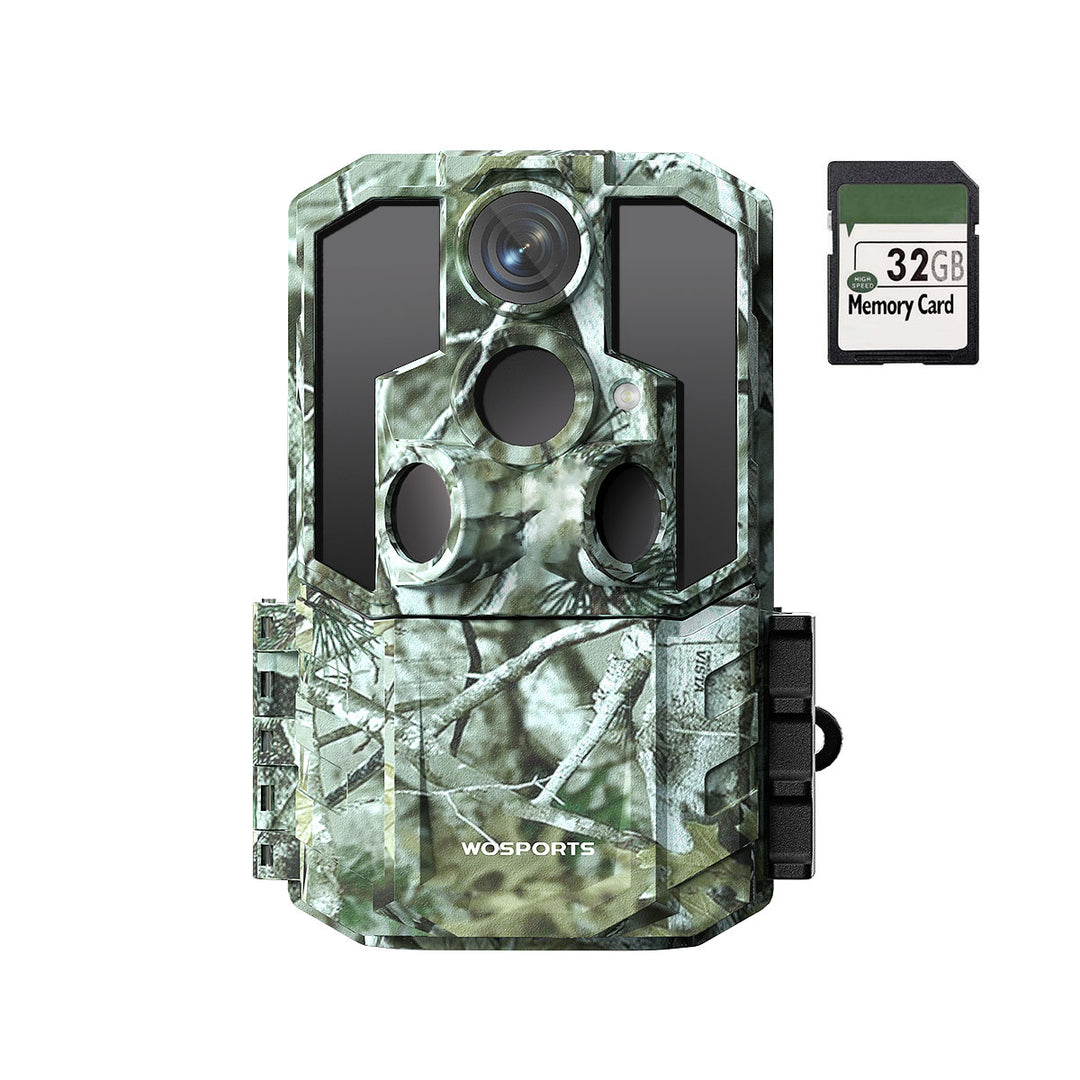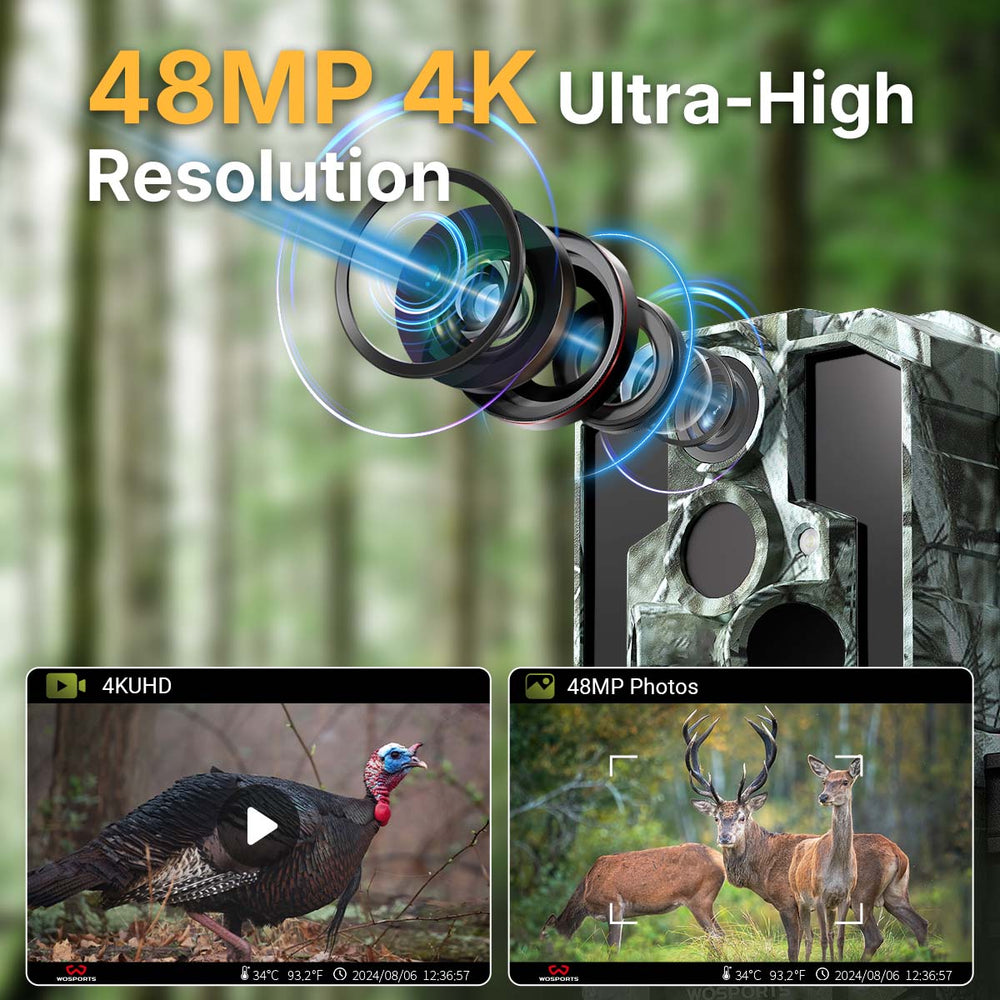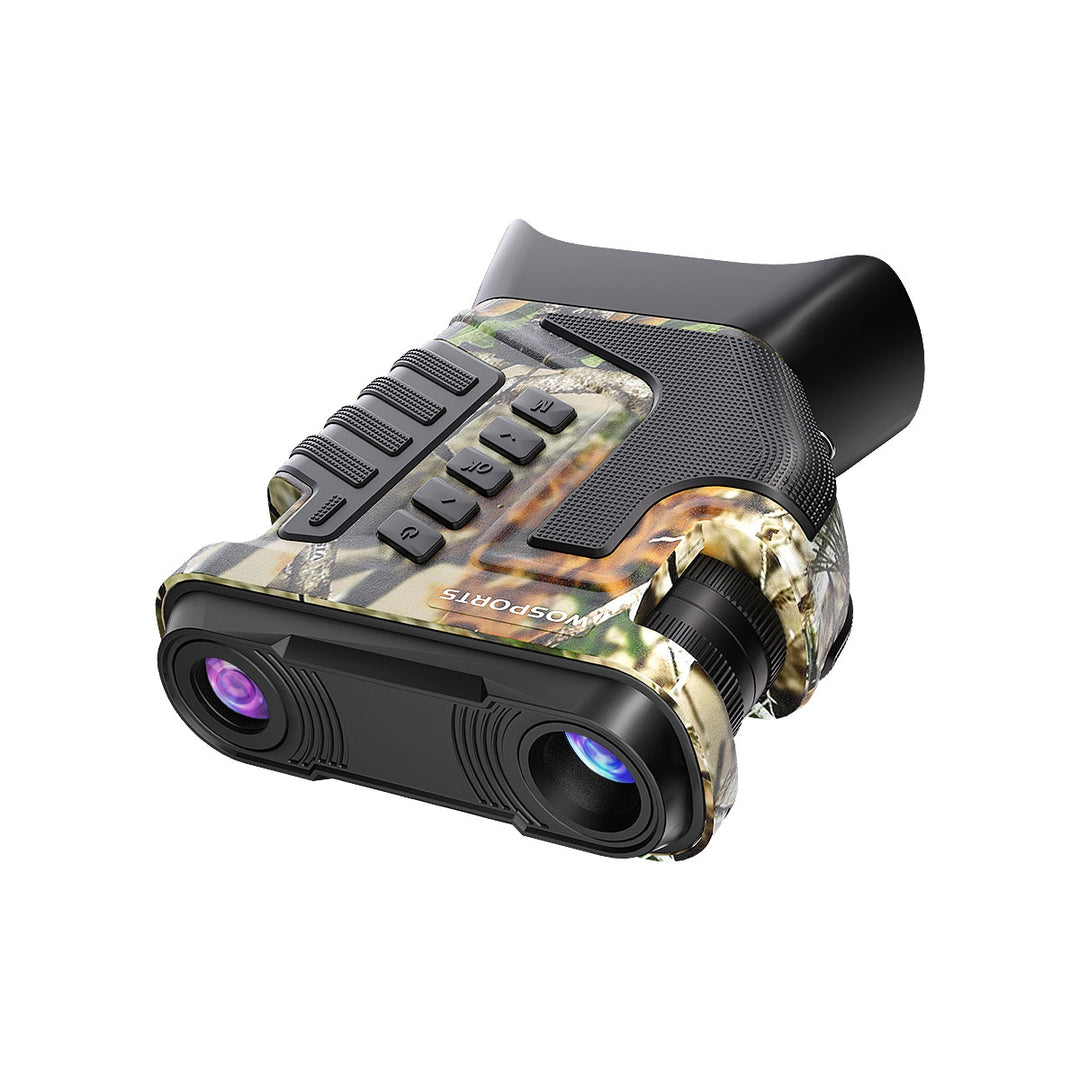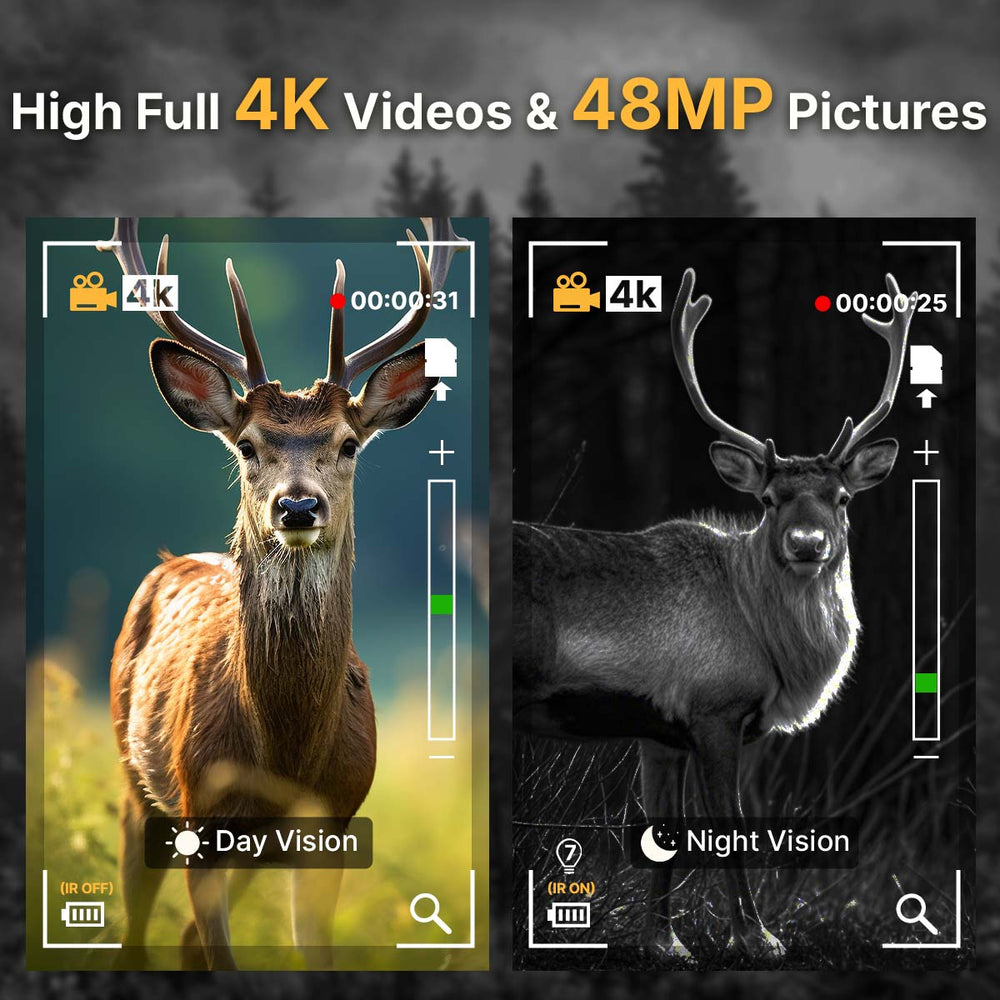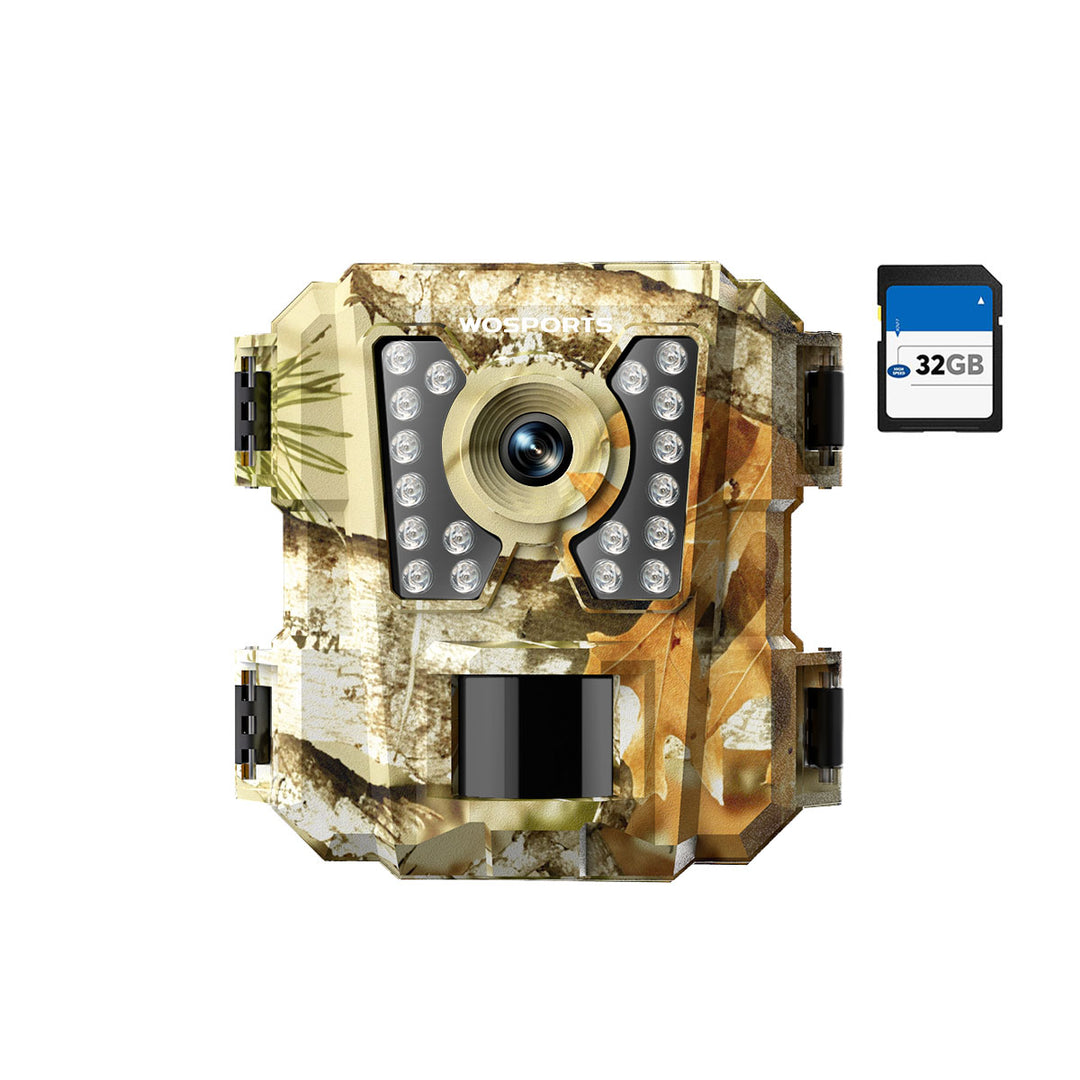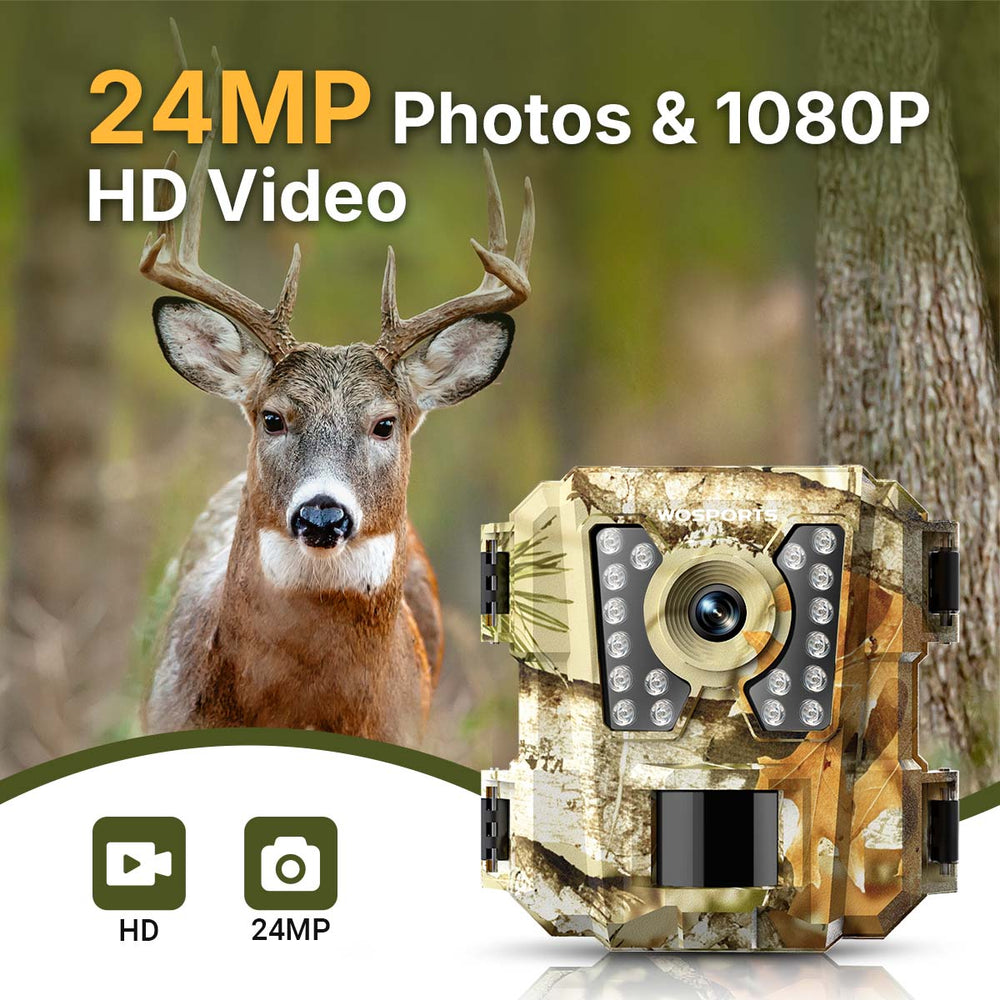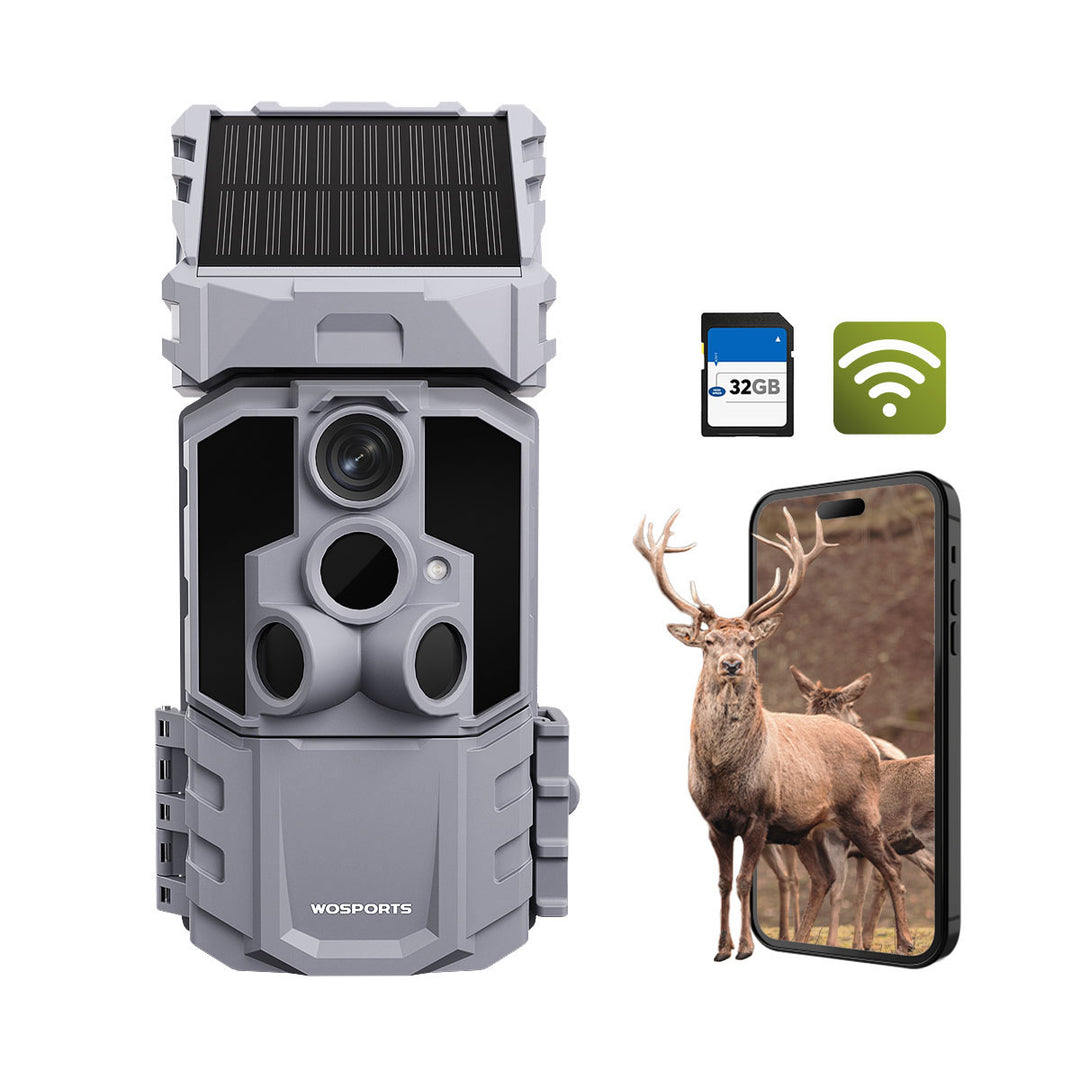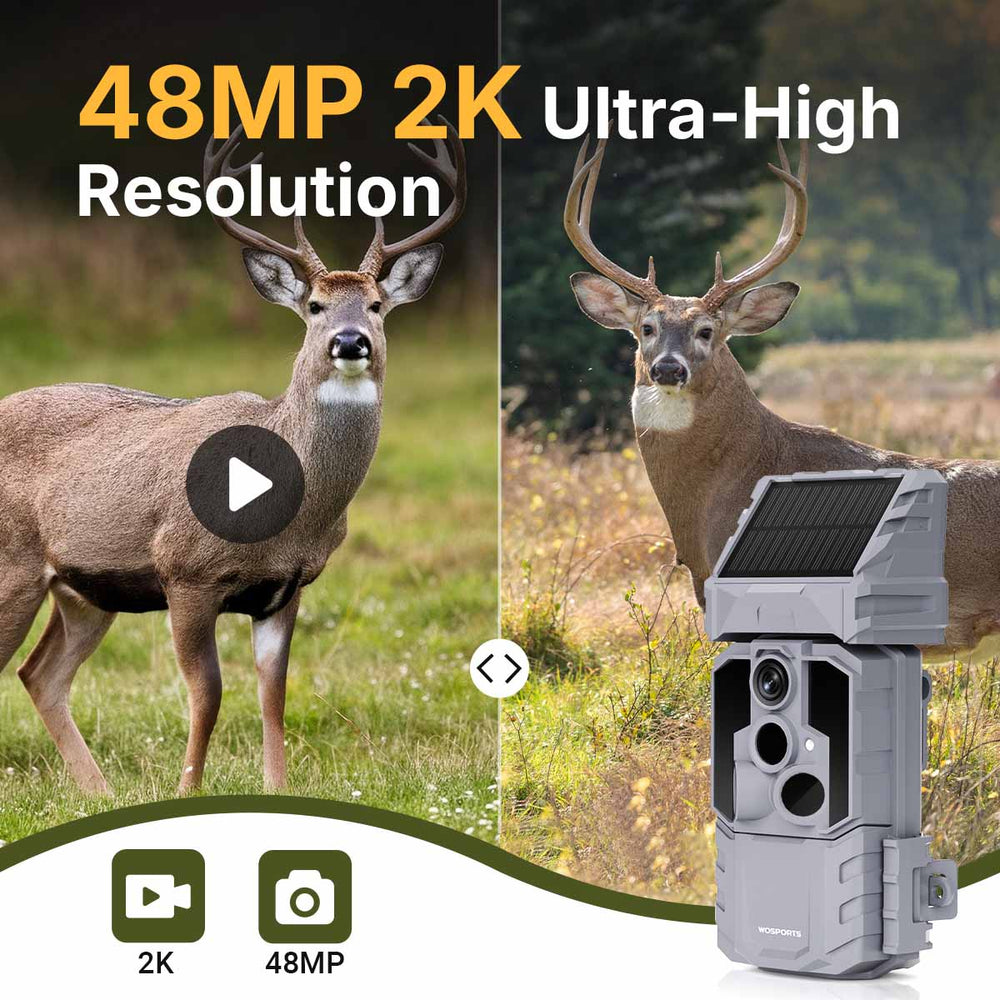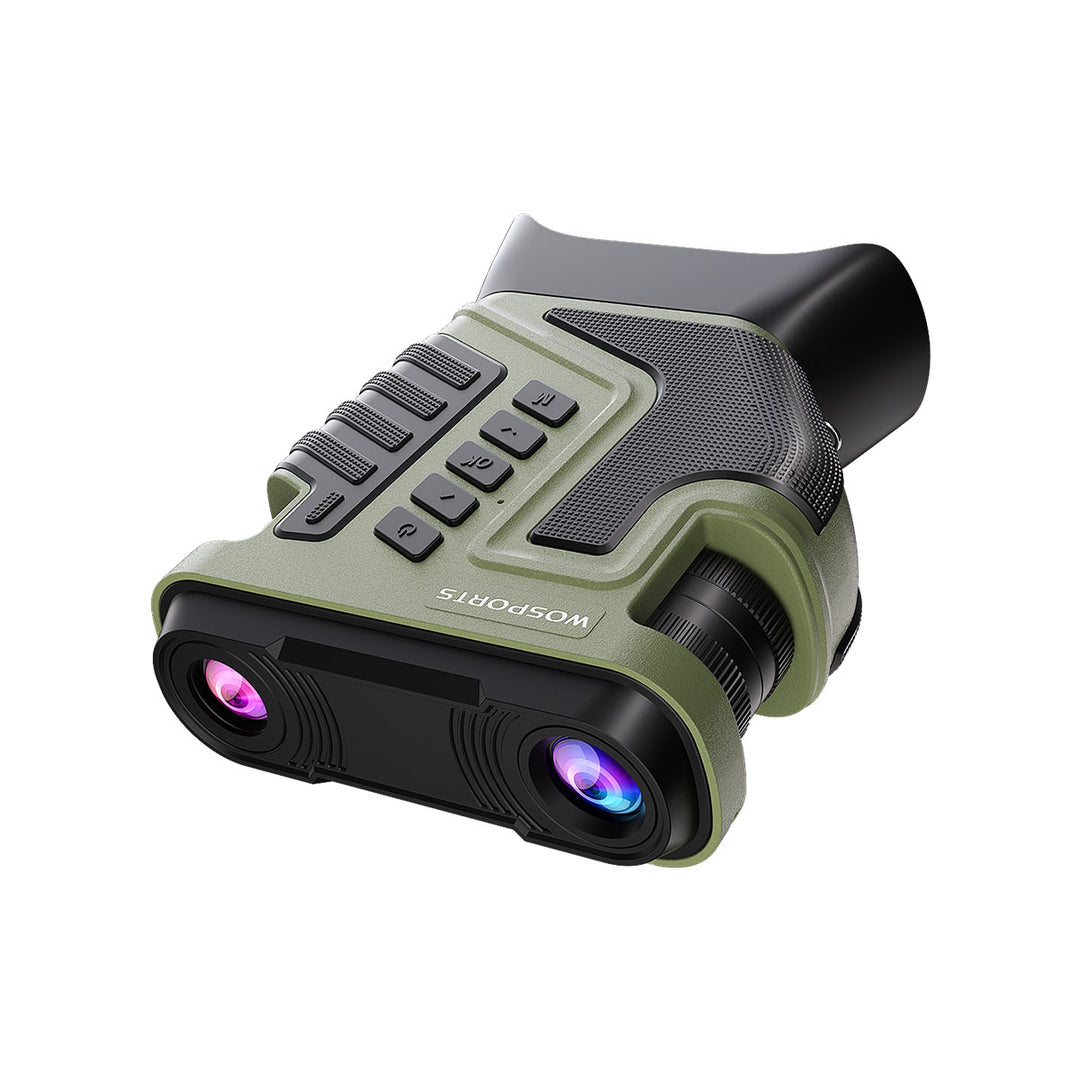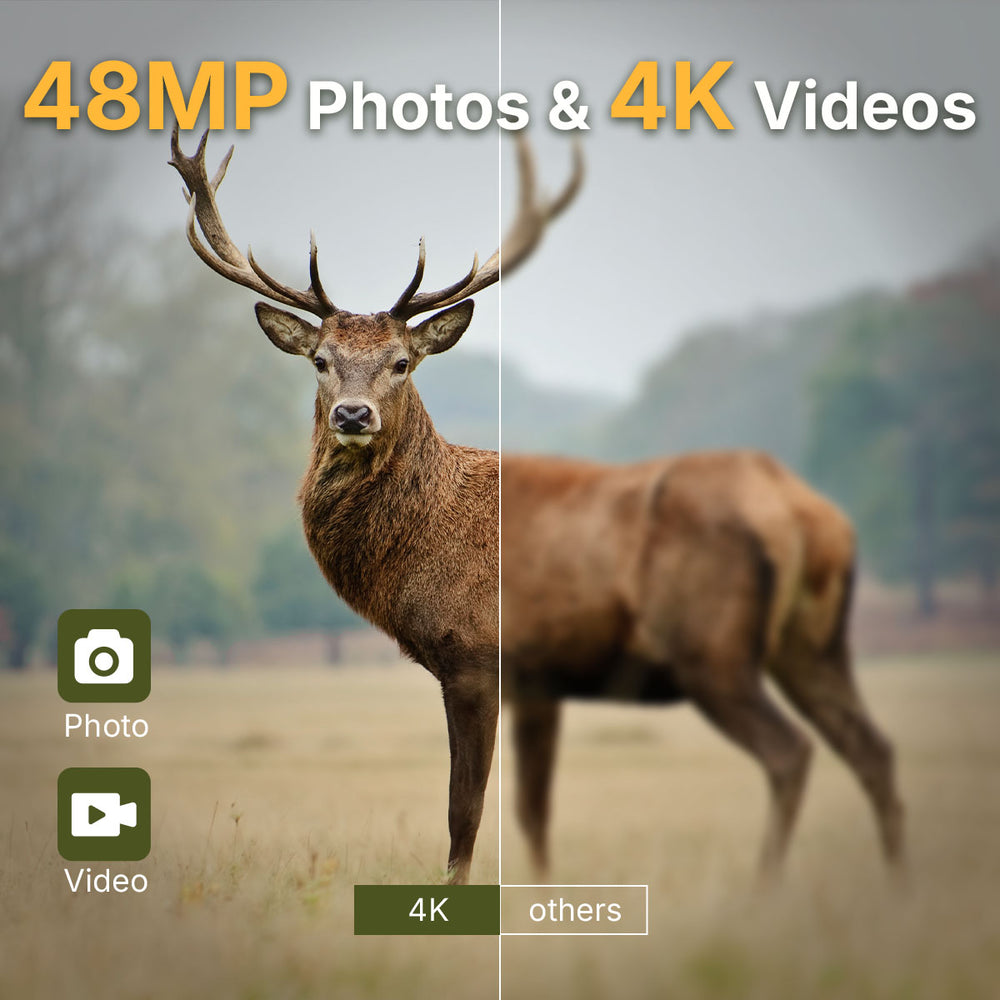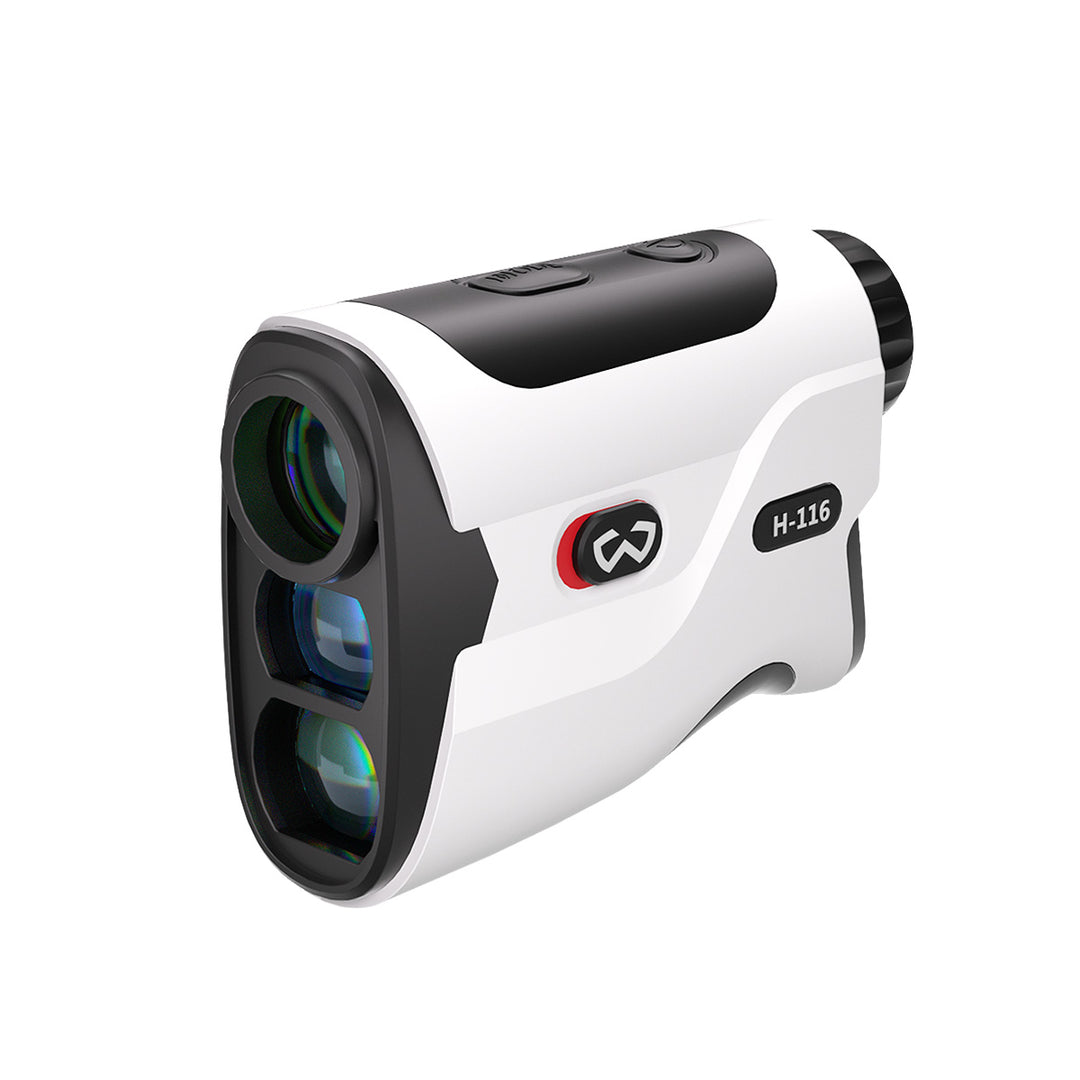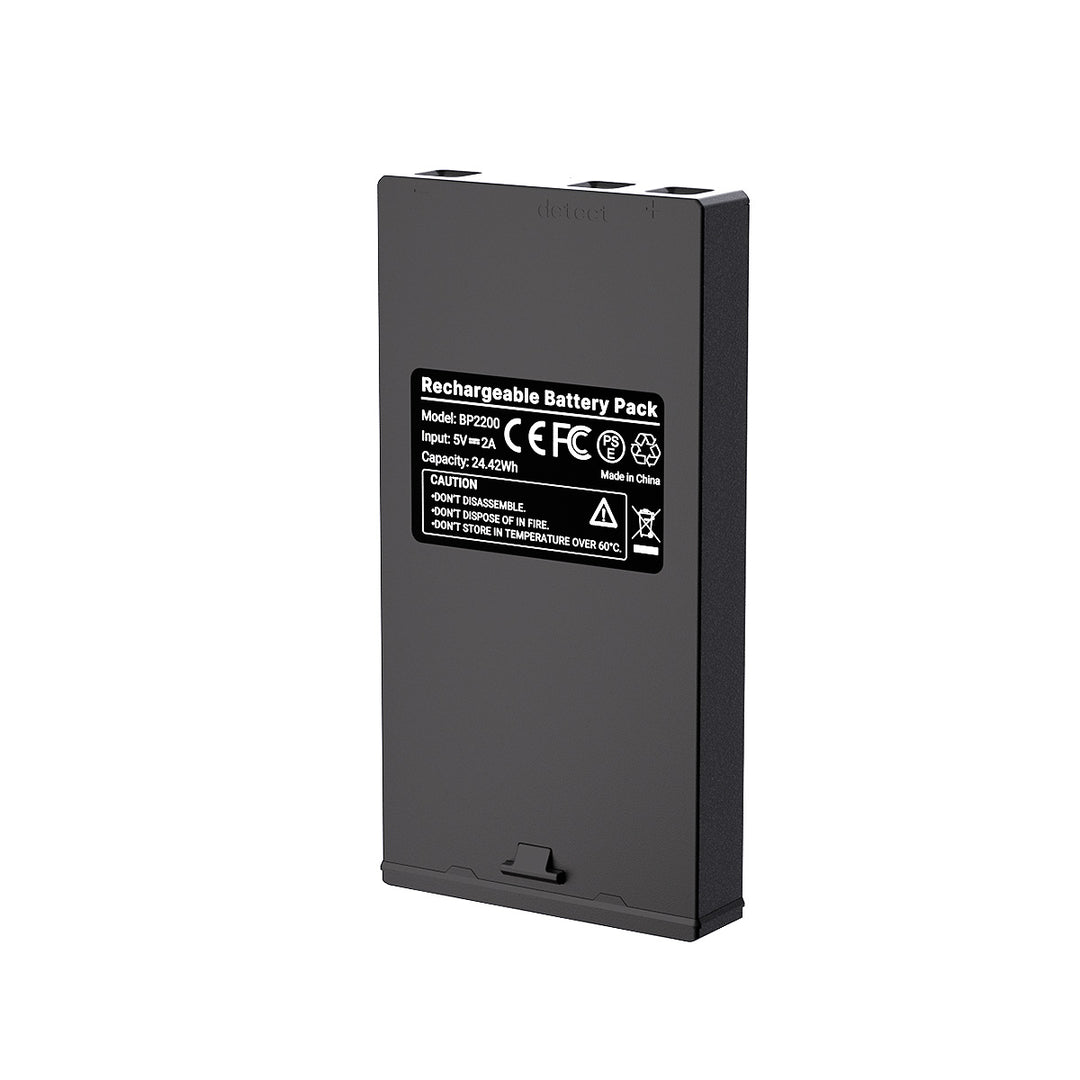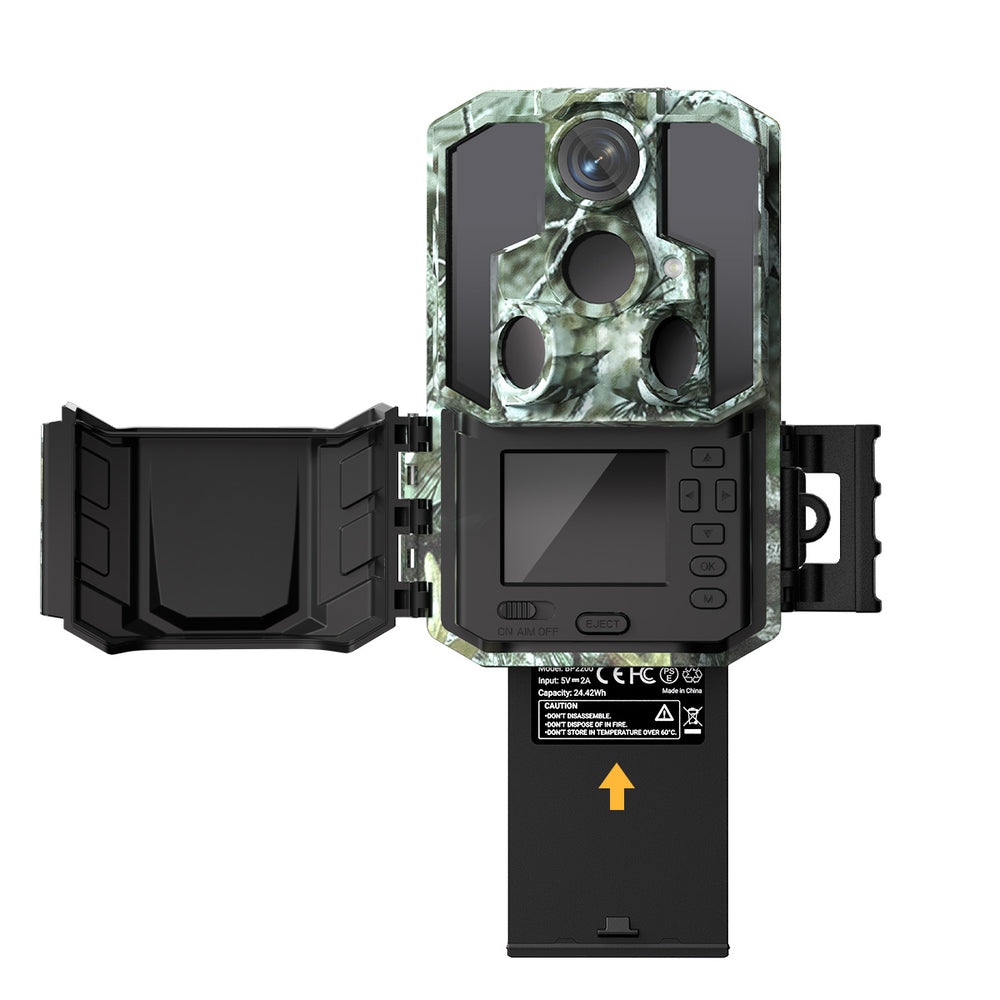Trail Camera Deployment Guide | How to Set Up for Best Results
Deploying your trail cameras strategically will help you capture more accurate, valuable footage. In this comprehensive guide, we’ll walk you through every stage of trail camera deployment.
Pre-Deployment Planning: Know Your Goal
Before you step into the field, define why you’re setting up your cameras. Your objective determines how and where you’ll deploy them.
Common Purposes of Trail Camera Deployment
When deploying multiple units, it helps to document your setup with a simple log: camera ID, coordinates, placement date, and purpose.
Choose the Best Locations to Deploy Your Trail Cameras
In the game of nature, location is the key. Even a top-notch trail camera won't be able to give its best output if it gets positioned wrongly.
Guidelines to Determine the Optimal Locations:
Animal Trails & Paths: Try to find the presence of animals through their tracks, scat, or rub marks.
Water Sources: Animals are regular visitors to the rivers, ponds, or puddles.
Feeding Areas: Locations where crops, feeders, or mineral licks are placed.
Natural Funnels: Soft spots by the way of thick vegetation or changes in landforms.
Noted: To limit the light effect at the times of sunrise and sunset, do not install cameras so they face east or west.

If you have to keep an eye on large areas or many different animals, think about establishing a trail camera grid, which is a structured network of cameras evenly spaced out across your study site.
You can find bulk options at Wholesale Trail Cameras for professional or research-scale monitoring.
How to Deploy Your Trail Cameras Step-by-Step
Now it’s time to set up your equipment in the field.
Step-by-Step Deployment Process
Height of the Mounting:
Set the camera 3–4 feet above the ground if the subject is to be a medium-sized animal. Lower for smaller species or raise for security purposes.

Angle and Direction:
Tilt the camera a little downwards to get rid of empty triggers and increase the area covered. Do not aim the camera facing into the sun.
Clear Space from the Target Area:
Leave 15–25 feet of clear space between the camera and the focus area (like a game trail or feeding area).
Mounting That Is Secure:
Tree straps, screws, or metal brackets could be used. In case of high-traffic or public areas, a lock box or cable lock for theft prevention may be a good idea.
Test Before Packing:
Manually trigger the camera, check the test shots, and make sure the angle, exposure, and focus are correct before leaving the site.
Trail Camera Data Management and Retrieval
The camera installation, however, a well-planned deployment does not end there. Efficient data management is an indispensable factor.
Suggestions for Data Management:
- Make tags for your SD cards (e.g., “SiteA_Cam1_Oct2025”).
- Make the arrangement of projects per day and place to make it easy for comparison.
- Do regular backups to hard drive or cloud storage.
- Data should be checked every week or every other week so that you do not end up with full cards or dead batteries.
If you have more than one camera then, it is advisable to maintain a shared spreadsheet or a digital map indicating the location, ID, and last check date of each camera.

Scaling Up: Multi-Camera or Research-Level Deployment
For wildlife surveys, farm monitoring, or ecological research, single-camera setups are rarely enough. Multi-camera deployments provide more coverage and data consistency.
Large-Scale Deployment Strategies
Grid Deployment: Cameras placed in equal intervals across a map grid for statistical coverage.
Hotspot Deployment: Concentrate cameras in high-activity zones (feeding areas, migration corridors).
Rotational Deployment: Move a limited number of cameras periodically to new spots for broader sampling.
Noted: For professional monitoring or academic projects, explore Wholesale Trail Cameras to efficiently source multiple units at a competitive rate.
Analyze and Improve Your Deployment Results
Which locations yielded the most detections?
Were there consistent empty triggers?
Did lighting or vegetation affect image clarity?
Search
Popular Posts
Recent Posts

Nov 28, 2024
Troubleshooting Common Trail Camera Issues
Jan 10, 2025
Why Does My Trail Camera Stop Working at Night?

































